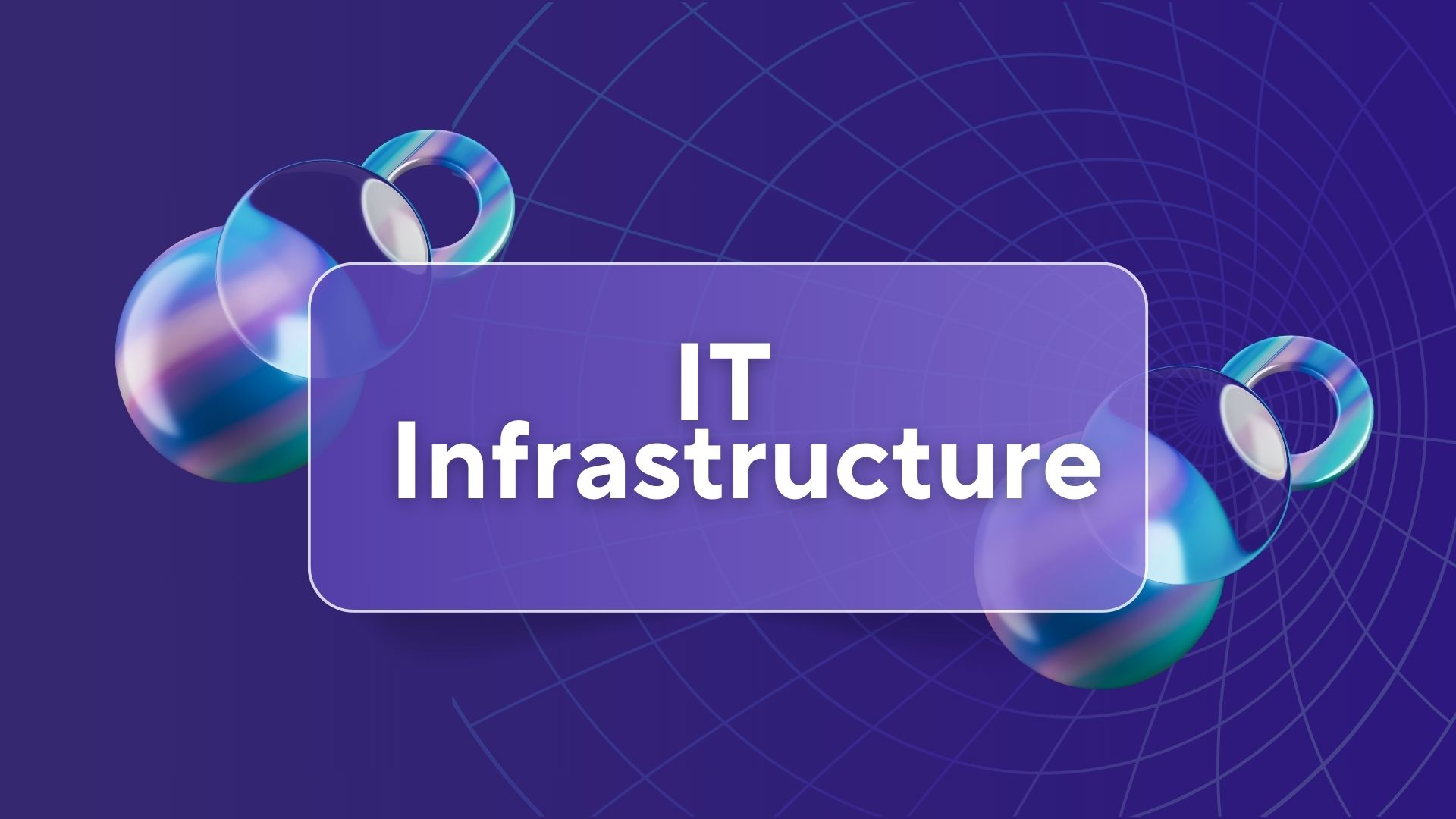
Building Resilient IT Infrastructure: Best Practices and Innovations

Building a resilient IT infrastructure is essential for businesses to stay competitive in today’s digital landscape. A resilient IT infrastructure ensures high uptime, scalability, and efficiency, which are critical for maintaining business continuity and customer satisfaction. However, building a resilient IT infrastructure is a complex task that requires careful planning, execution, and maintenance.
Understanding the Importance of Resilient IT Infrastructure
In today’s interconnected world, a single point of failure can have a significant impact on business operations. A resilient IT infrastructure ensures that businesses can withstand unexpected disruptions, such as natural disasters, cyber attacks, or hardware failures. It also enables businesses to scale quickly and efficiently, meet changing customer demands, and stay competitive.
**Challenges in Building Resilient IT Infrastructure**
Building a resilient IT infrastructure is not without its challenges. Some of the common challenges include:
* Limited budget and resources
* Complexity of modern IT systems
* Lack of expertise and skills
* Ensuring compliance with regulatory requirements
* Balancing short-term needs with long-term goals
Best Practices for Building Resilient IT Infrastructure
To overcome these challenges, here are some best practices for building a resilient IT infrastructure:
* Develop a comprehensive IT strategy that aligns with business goals
* Implement a layered security approach to protect against cyber threats
* Invest in redundancy and failover capabilities to ensure high uptime
* Implement regular backups and disaster recovery plans to minimize downtime
* Continuously monitor and analyze performance to identify areas for improvement
Innovations in Resilient IT Infrastructure
Innovations in technology are revolutionizing the way we build resilient IT infrastructures. Some of the key innovations include:
* Cloud computing and managed services to reduce costs and increase scalability
* Artificial intelligence and machine learning to automate monitoring and maintenance
* Internet of Things (IoT) devices to enable real-time monitoring and automation
* Blockchain technology to enhance security and data integrity
* Edge computing to reduce latency and improve performance
Conclusion
Building a resilient IT infrastructure is critical for businesses to stay competitive in today’s digital landscape. By understanding the importance of resilience, overcoming the challenges, and implementing best practices and innovations, businesses can ensure high uptime, scalability, and efficiency. At Intellitron Genesis, we are committed to helping businesses build resilient IT infrastructures that meet their unique needs and goals. Contact us today to learn more about our solutions and services.
